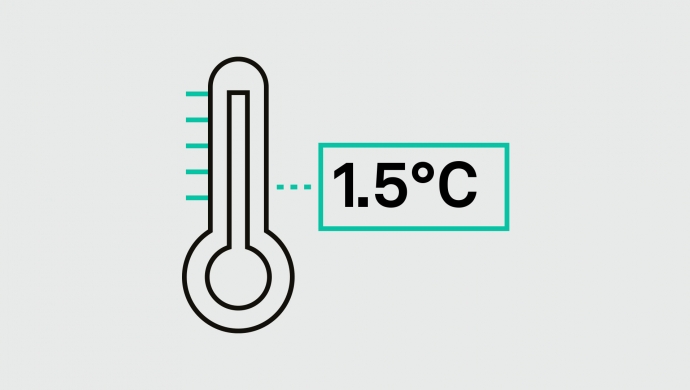Navigating Climate Risk with Indices
- 04 mins 09 secs
How can indices bring greater transparency to climate risk? Designed to go beyond the requirements of EU Low Carbon Benchmark minimum standards, the S&P Paris-Aligned & Climate Transition Indices were created to help market participants looking to chart a path to net zero by 2050.
Channel
S&P Dow Jones Indices
Automatically generated using Asset TV AI and Amazon Web Services.
It may contain errors and omissions.
navigating climate risk with indices, investors around the globe are taking action to address climate risk, creating a need for E. S. G. Tools designed to bring greater transparency to potential risks and opportunities. We build the S. And P. Paris aligned and climate transition or S. And P packed indices to help market participants identify companies walking the path to a 1.5 degrees C. Scenario. The indices provide greater insight into the risks associated with climate change and a framework for accessing companies who appear committed to achieving net zero by 2050 while adhering to the requirements of EU low carbon benchmark labels. The EU low carbon benchmark labels provide minimum standards for to climate benchmarks. The EU climate transition benchmark CTB and it's more ambitious cousin, the EU paris aligned benchmark P. A. B. These both require a 7% year on year decarbonization recommended by the Intergovernmental Panel on Climate Change to achieve net zero by 2050 in alignment with a 1.5 degrees C. Scenario with no or limited overshoot exclusion of companies exposed to controversial weapons, tobacco or violating societal norms maintained exposure to high climate impact business activities. So how do the indices differ? P. A. B. Indices are more exclusive and reduce the weighted average carbon intensity by 50% relative to the parent index. While cTB indices require a 30% relative weighted average carbon intensity reduction. We designed the S. And P packed indices to meet eU low carbon benchmark minimum standards. In addition we allow an overweight for companies with robust science based targets and use forward looking scenario analysis including physical risk research. As recommended by the T. C. F. D. Transition pathway data from the climate experts at S and P. Global true cost is combined with physical risk and scope. Three data analysis to allow for a more accurate reflection of companies transition and physical risks in an evidence based and forward looking manner while assessing their ability to access potential opportunities. Fossil fuel reserves are also controlled or reduced to lower stranded asset risks. Specialists from S. And P. Global Use advanced DsG analytics to identify companies with strong GsG scores who may be better positioned to transition to a 1.5 degrees C. Scenario. We optimize constituent weights to minimize deviations from the underlying index while addressing climate risks and opportunities holistically and maintaining liquidity and diversification. So what's the end result of this comprehensive approach? A broad diversified set of indices compatible with a 1.5 degrees C. Scenario and TCF. D recommendations that incorporate additional requirements beyond those set by the EU under the low carbon benchmark regulation helping market participants looking to charter path to net zero by 2050 To learn more about our full range of S and p paris aligned and climate transition indices including index data methodologies and research designed to help market participants unlock the full potential of passive strategies, tracking the indices visit www dot sp global dot com forward slash S P. D. G. I mm hmm. Yeah mm hmm
Show More
Show Less












